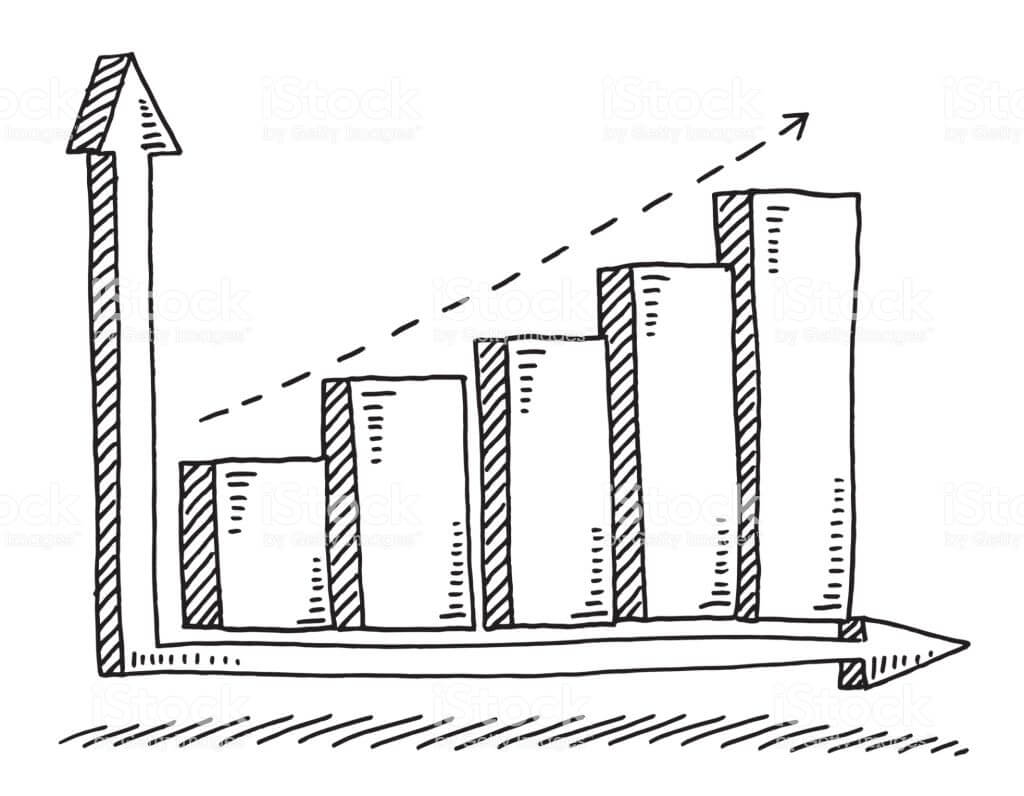
Project Management Solutions
Project management is a process of planning, systematizing, and controlling the scope, budget, and time for the success of a particular project. Project management Software become more popular day by day as it gives the management the visibility of progress across all your projects, identify projects at risk, monitor timelines, and share project status in real-time, also increase the accountability oftimely project updates to people at all levels, summary view of all projects, overdue tasks, and avoid missing deadlines. Project management solution is customized format of several individual software. You have options (features) to choose based on your business need.






